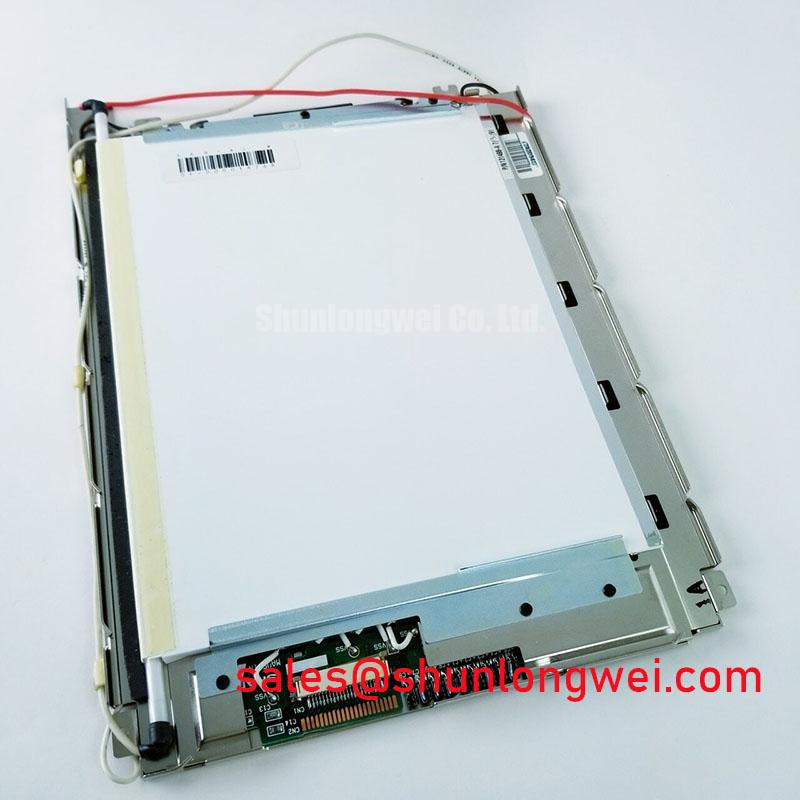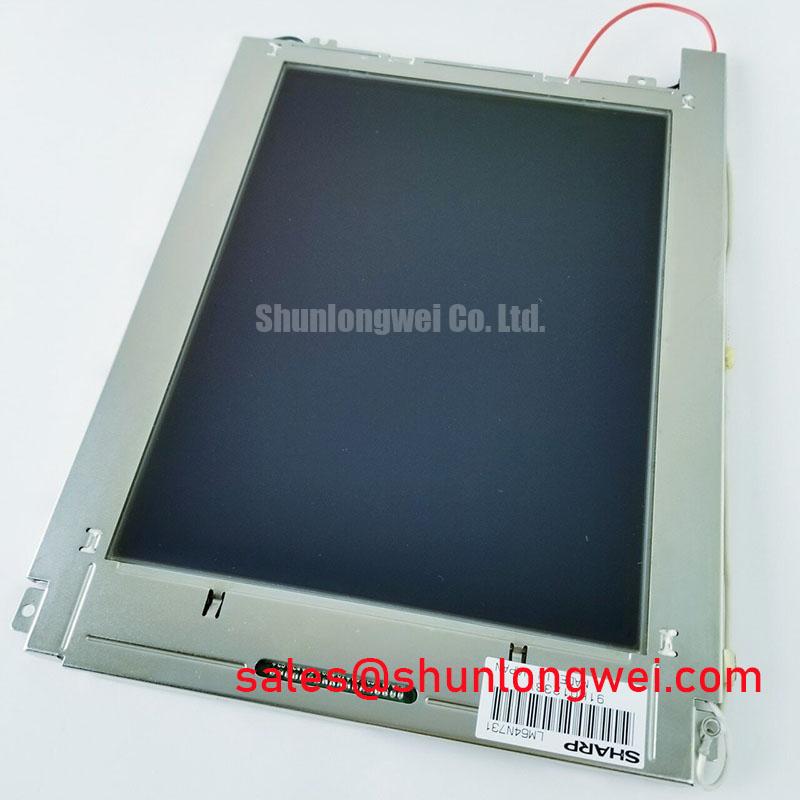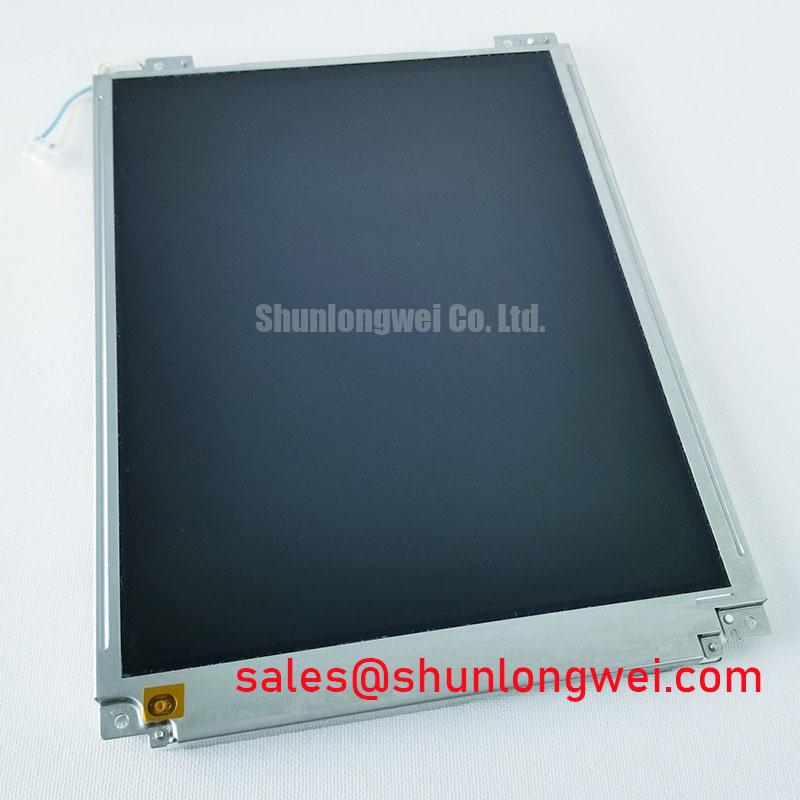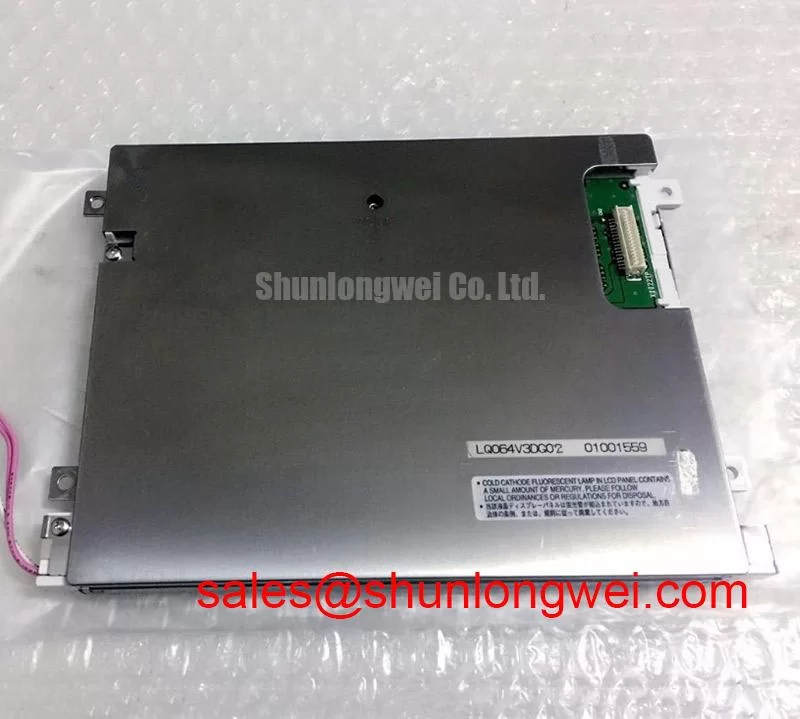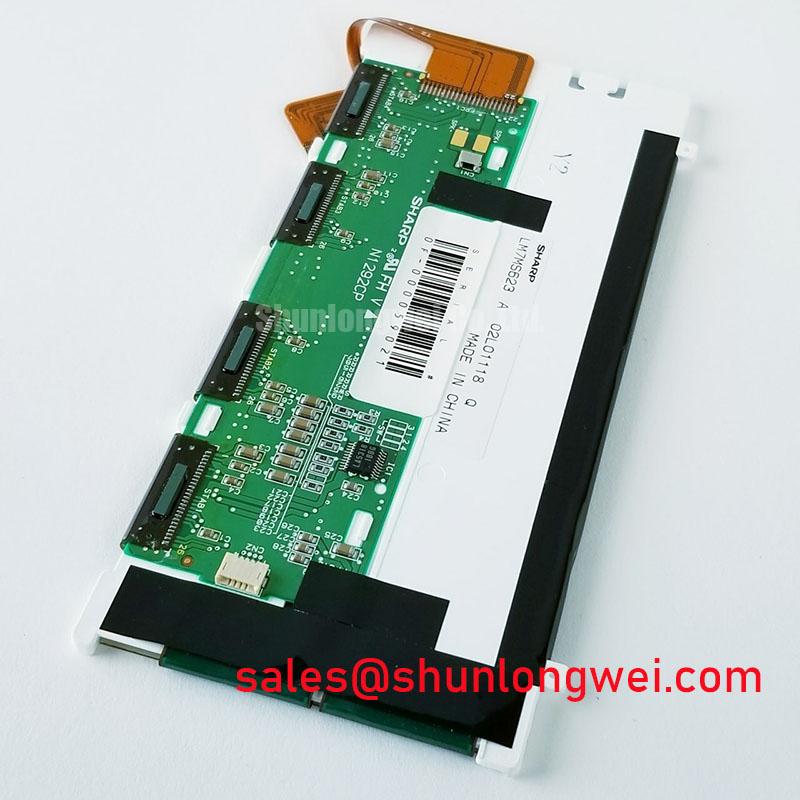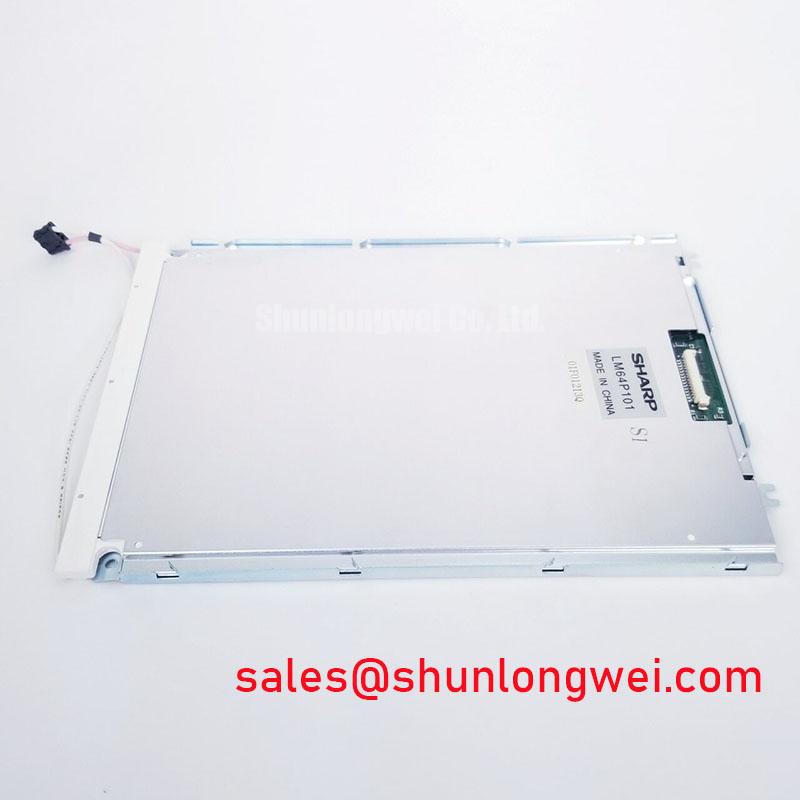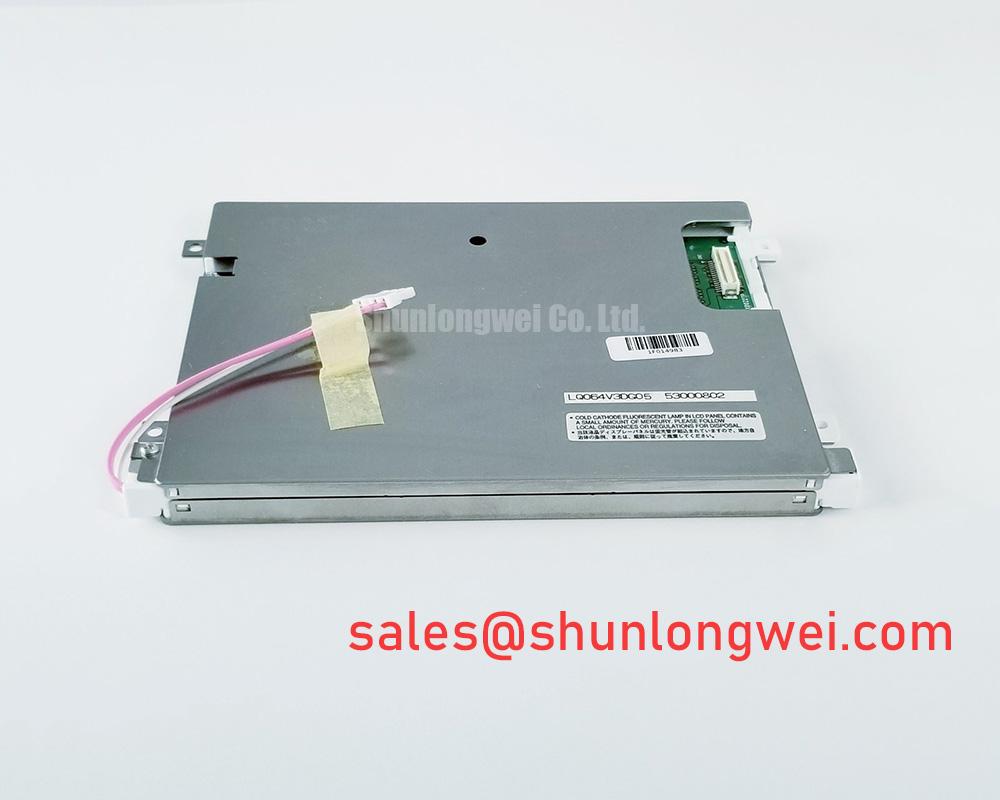Sharp LM64N731: An In-Depth Review of the 9.4" Industrial Monochrome LCD Module
Engineered for Longevity and Readability in Demanding Environments
Content last revised on October 11, 2025.
The Sharp LM64N731 is a 9.4-inch FSTN monochrome display engineered for high-clarity and extended operational life in industrial applications. Delivering a crisp 640x480 VGA resolution, this panel is built to serve as a robust visual interface in environments where reliability is paramount. Its key specifications include: 640x480 VGA | 25,000-Hour CCFL Backlight | 0°C to 45°C Operating Range. This module offers the primary benefits of exceptional durability and straightforward system integration. It directly addresses the engineering challenge of finding reliable, form-fit replacements for legacy HMI and control panels. For industrial systems requiring a proven, long-life monochrome display, the LM64N731 provides a stable and dependable solution.
Application Scenarios & Value
System-Level Benefits for Legacy Industrial Equipment
The Sharp LM64N731 is purpose-built for environments where clear data presentation and long-term operational stability are non-negotiable. Its primary value lies in its role as a direct-fit replacement or a new component in industrial control systems, medical devices, and specialized instrumentation. A key engineering challenge in maintaining legacy systems, such as older CNC machine controls or PLC displays, is sourcing components that match the original's form factor and interface without requiring a complete system overhaul. The LM64N731's 9.4-inch size, VGA resolution, and standard parallel data interface make it an ideal solution for extending the life of this critical equipment, thereby maximizing return on investment.
The FSTN (Film Super-Twisted Nematic) technology provides a high-contrast, black-and-white display that remains highly legible under typical factory floor lighting. What is the main benefit of its CCFL backlight? A rated lifespan of 25,000 hours, which translates to nearly three years of continuous operation, minimizing maintenance downtime and associated costs. For applications that require a smaller footprint for more compact control panels, the related LQ064V3DG06 offers a 6.4-inch alternative. This focus on durability makes the LM64N731 a strategic choice for engineers prioritizing total cost of ownership over initial component price.
Key Parameter Overview
Decoding the Specs for Industrial Reliability
The technical specifications of the Sharp LM64N731 are tailored for performance and longevity in its intended industrial roles. The following table highlights the key metrics that define its operational capabilities.
| Metric | Specification | Engineering Value |
| Display Technology | 9.4-inch FSTN-LCD, Monochrome | Provides excellent black-and-white contrast (18:1 typical) for clear readability of critical data. |
| Resolution | 640x480 (VGA) | Standard resolution for compatibility with a wide range of legacy and new industrial HMI software. |
| Backlight System | 1 pcs CCFL, 25,000 hours typical lifetime | Ensures long operational periods between maintenance cycles, enhancing system uptime. |
| Operating Temperature | 0°C to +45°C | Suitable for use in controlled indoor industrial and laboratory environments. |
| Signal Interface | 4-bit Parallel Data, 15-pin Connector | Facilitates straightforward integration with established microcontroller architectures. |
Frequently Asked Questions (FAQ)
What makes the LM64N731 a good choice for replacing an older industrial display?
Its standard 9.4-inch VGA form factor and 4-bit parallel interface are common in equipment from the 1990s and 2000s, often allowing for a drop-in replacement with minimal to no electronic or mechanical modification. This significantly simplifies the repair and maintenance of aging but still functional machinery.
How does the 25,000-hour backlight lifetime impact system maintenance planning?
A 25,000-hour backlight life is equivalent to 2.85 years of 24/7 operation. This predictability allows maintenance teams to schedule display replacements proactively during planned system shutdowns, rather than reacting to unexpected failures, which improves overall operational efficiency and reduces unplanned downtime.
Is the FSTN display technology suitable for displaying complex graphics?
FSTN (Film Super-Twisted Nematic) technology is optimized for high-contrast monochrome displays. While it excels at showing text, numerical data, and simple vector graphics, it is not designed for grayscale images or video. Its strength lies in providing unambiguous readability for critical process parameters and system status messages in an industrial HMI.
Application Vignette
A Closer Look: Retrofitting a CNC Milling Machine Control Panel
Consider a scenario involving a CNC milling machine from the late 1990s, a workhorse of a machine shop. Its original electroluminescent (EL) display has failed, and OEM parts are no longer available. A full control system retrofit is quoted at over $15,000. The primary engineering challenge is to restore functionality cost-effectively and with minimal downtime. The LM64N731 presents a viable solution. Its 640x480 resolution and physical dimensions are a close match for the original panel cutout. The 4-bit parallel interface is compatible with the machine's existing controller board. By integrating the LM64N731, the engineer can replace the failed display for a fraction of the cost of a full retrofit. The CCFL backlight provides brighter, more uniform illumination than the fading EL panel, improving operator visibility. The ultimate system-level benefit is the extension of the machine's productive life by several years, preserving capital and avoiding the disruption of installing and retraining staff on a new system.
A Strategic Component for System Longevity
The Sharp LM64N731 stands out not for cutting-edge features, but for its focused dedication to reliability and compatibility within a critical niche of the industrial market. For engineering and procurement professionals tasked with maintaining the operational readiness of legacy equipment, this display module represents a strategic asset. It provides a technically sound and economically sensible pathway to extend the lifecycle of valuable industrial machinery, ensuring that established systems can continue to deliver value long after their original components have become obsolete. By choosing a component designed for durability, organizations can better manage their long-term operational budgets and avoid the high costs associated with premature system replacement. For further reading on display technologies, see the guide to TFT-LCDs or explore resources from manufacturers like Sharp.

